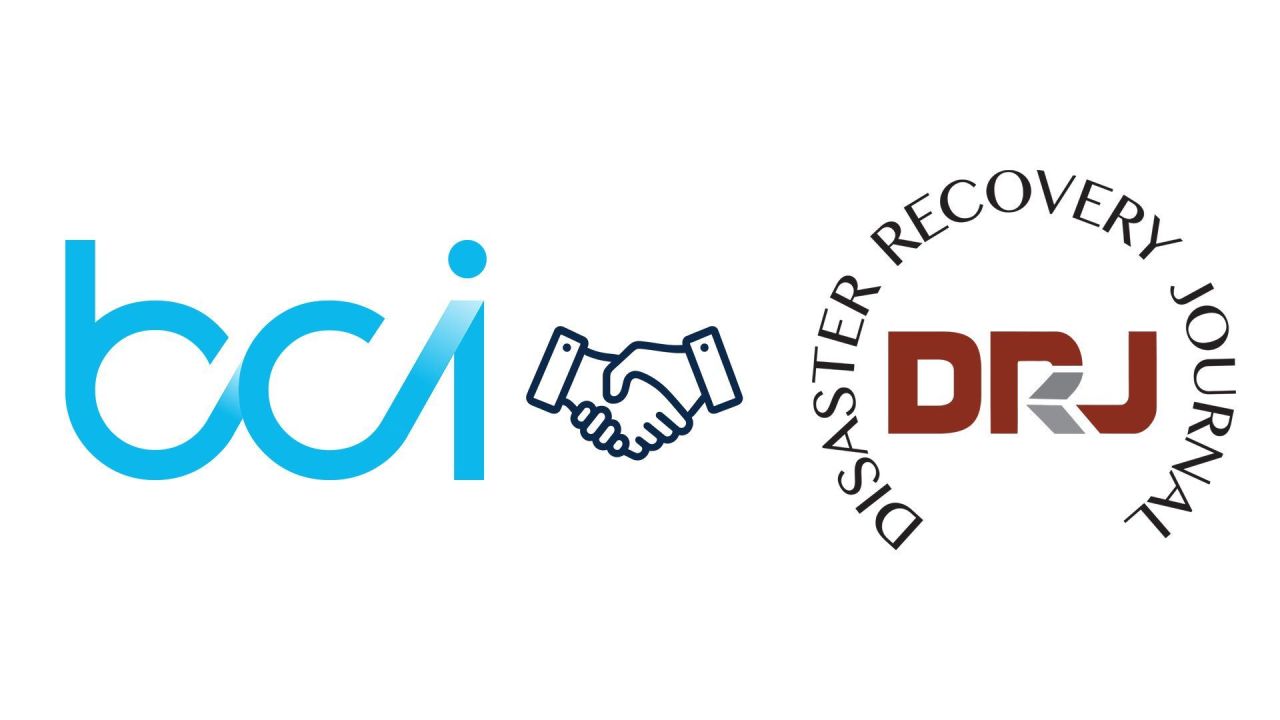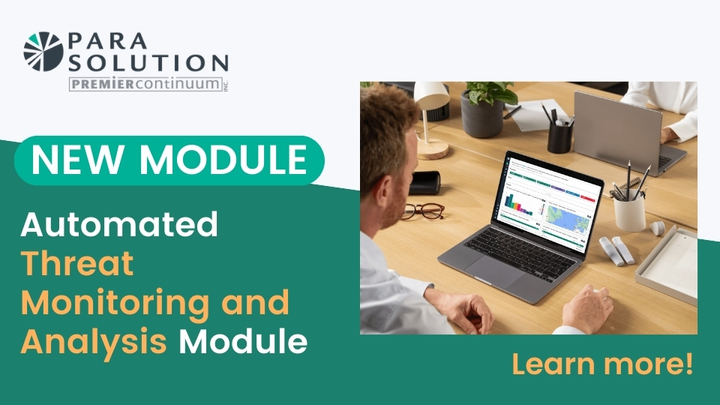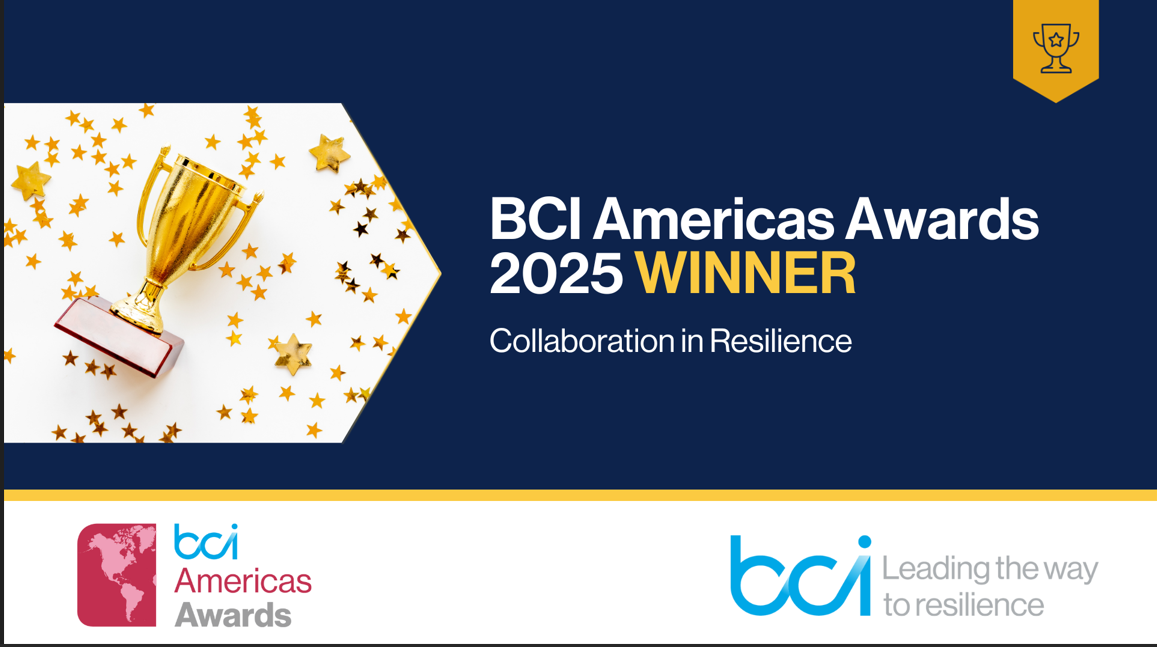Learn which KPIs truly matter to senior leadership and how data-driven insights elevate business continuity from operational necessity to strategic governance.
Answers And Reflections On Two Important Questions Regarding Business Continuity In 2025
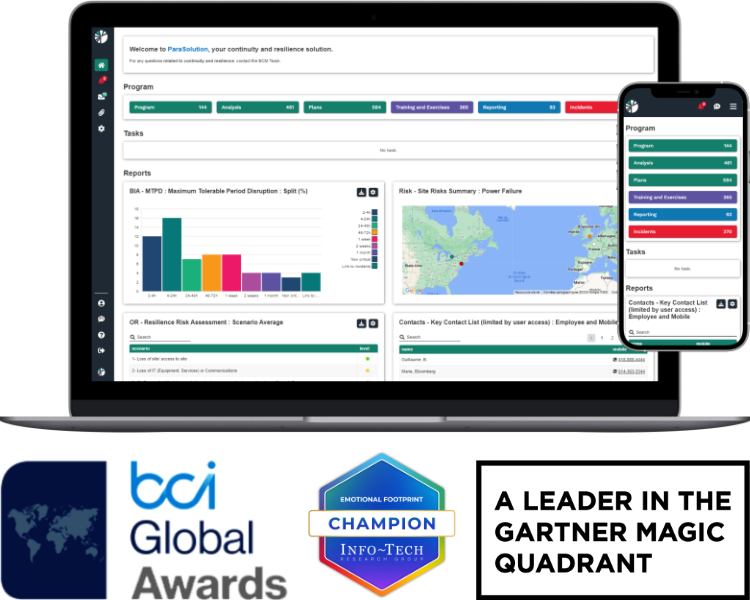
On August 28, we had the privilege of welcoming Margaret Millett, a globally recognized figure in business continuity and resilience, for a special edition of our Insights: Ask the Expert webinar series.
With over 25 years of experience in international organizations, Margaret shared her advice for tackling the complex challenges faced by professionals in the field with openness and pragmatism.
As a continuity and resilience consultant, I was particularly impressed by the richness of her insights. In this article, I share the ideas, reflections, and advices that I believe are worth remembering... and putting into practice!
Enjoy!
Myriam Gilles
Building Bridges Between Business Continuity and IT
One of the highlights of the session came from a question about managing a cyber crisis and fostering collaboration between IT security and continuity teams. Margaret emphasized a common pitfall: too many organizations operate in silos, with separate cyber incident response plans on one side and continuity or crisis management plans on the other.
Her advice was clear: break down these silos by holding regular meetings, clarifying roles and responsibilities before a crisis occurs, and running joint exercises. She also stressed the importance of defining in advance who takes the lead when a cyber incident escalates, is it the CISO, the CIO, or the crisis management team? As she reminded us, “in cybersecurity, every minute counts.”
Beyond governance, this alignment enables faster, more consistent communication with clients, regulators, and partners, protecting not only operational capacity but also organizational reputation.
Artificial Intelligence: Threat or Ally for Continuity?
Another standout exchange addressed artificial intelligence and its potential impact on business continuity and disaster recovery practices. Margaret noted that each wave of new technology brings the same fear: “this will replace us.” Yet, in her view, AI should be seen as a lever to support and enhance our work.
She highlighted practical applications such as automating plan templates, generating exercise scenarios, and helping analyze and categorize data. At the same time, she warned about two critical risks:
- Data quality and relevance: an internal AI model trained three years ago will provide outdated answers.
- The need for human validation: AI can offer a strong starting point, but it should never replace professional judgment.
“AI should be an enabler, not a decision-maker,” she summarized, urging practitioners to start experimenting with AI tools now, even in personal use, as their integration into organizations is only a matter of time.
Other Key Insights
Throughout the session, Margaret also shared valuable insights on a wide range of issues, including:
- Justifying resilience budgets by linking investments to revenue, customer trust, and ESG obligations.
- Simplifying continuity for small businesses by combining BIA and risk assessment in focused workshops with leadership.
- Managing increasingly complex supply chains by strengthening collaboration with critical suppliers, avoiding single points of failure, and maintaining trust through regular engagement.
Final Thoughts
This exchange with Margaret Millett confirmed what many resilience professionals already sense: the challenges of continuity are increasingly cross-functional, spanning technology, processes, partnerships, and even organizational culture. More than ever, we must build bridges, adopt a holistic vision, and leverage new tools like AI with discernment.
We extend our heartfelt thanks to Margaret for her authenticity and generosity. Her experience is a powerful reminder that in our field, the toughest questions rarely have simple answers, but there are proven strategies to move forward with confidence.

About the Author
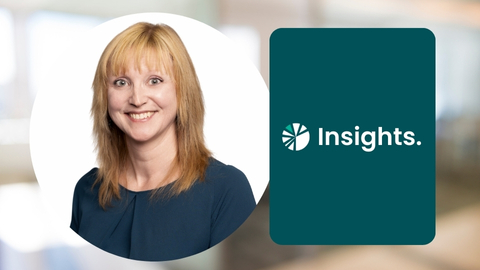
Myriam Gilles is an experienced consultant with nearly 20 years of experience in project management and coordination across emergency measures, civil security, and IT. Her multidisciplinary background, enriched by experiences within public and private organizations in France and Quebec, has fostered strong adaptability, as well as a proactive and solution-oriented approach.





